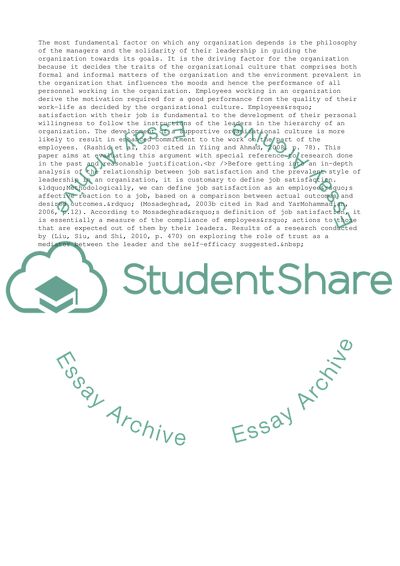Cite this document
(Job Satisfaction and Leadership in Organizational Behavior Coursework, n.d.)
Job Satisfaction and Leadership in Organizational Behavior Coursework. https://studentshare.org/management/1740489-job-satisfaction-and-leadership-in-organizational-behaviour
Job Satisfaction and Leadership in Organizational Behavior Coursework. https://studentshare.org/management/1740489-job-satisfaction-and-leadership-in-organizational-behaviour
(Job Satisfaction and Leadership in Organizational Behavior Coursework)
Job Satisfaction and Leadership in Organizational Behavior Coursework. https://studentshare.org/management/1740489-job-satisfaction-and-leadership-in-organizational-behaviour.
Job Satisfaction and Leadership in Organizational Behavior Coursework. https://studentshare.org/management/1740489-job-satisfaction-and-leadership-in-organizational-behaviour.
“Job Satisfaction and Leadership in Organizational Behavior Coursework”. https://studentshare.org/management/1740489-job-satisfaction-and-leadership-in-organizational-behaviour.


